Digital Egyptology news can now be followed at my website https://digitalegyptology.org/
Recently I’ve been getting a lot of inspiration for new digital projects by attending some very insightful workshops. In March, the Leiden University Centre for Digital Humanities showed us how to use Visone to study power relations between 15th century Florentine families. I am very interested in the possibility of applying network analysis to Old Kingdom mastaba tombs, to research social ties among the elite as well as the transfer of iconographic themes across the Memphite necropolis and into the provinces.
Network analysis has recently been applied to an Old Kingdom context for the first time in a paper by Veronika Dulíková and Radek Mařík. Using a database of officials from the 4th to 6th dynasties consisting of 3000 records, the identities of 2000 men and 500 women were reconstructed. Analyzing the titles and families attested in the records, it was proven that nepotism could be historically observed and measured. A very interesting application, and I believe this method will yield many more insights when applied carefully to the data.
Ideally, I would like to build a database that incorporates both the MastaBase and Harpur data, adding the tomb owners’ titles and affiliations to institutions (pyramid temples, etc.), as well as spatially (and diachronically) mapping the locations of the tombs themselves (the latter which is also done by Massimiliano Nuzzolo). Even more ideally, this database would incorporate annotated visualizations of the iconography itself (plans or even a simple 3D representation of the decorated interior linked to tagged photos and line drawings), so iconography can be easily selected and compared (see also the Meketre, Beni Hassan and Cleo projects).
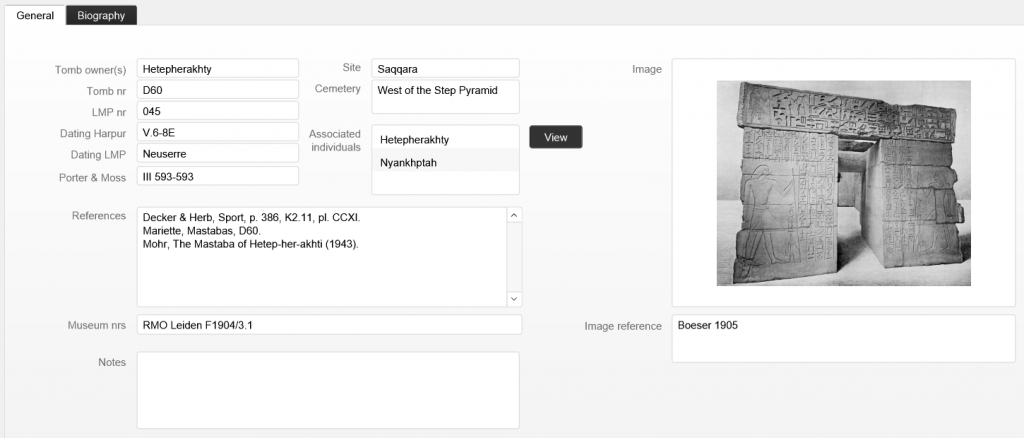
I started building a database once, here showing records for tombs and individuals
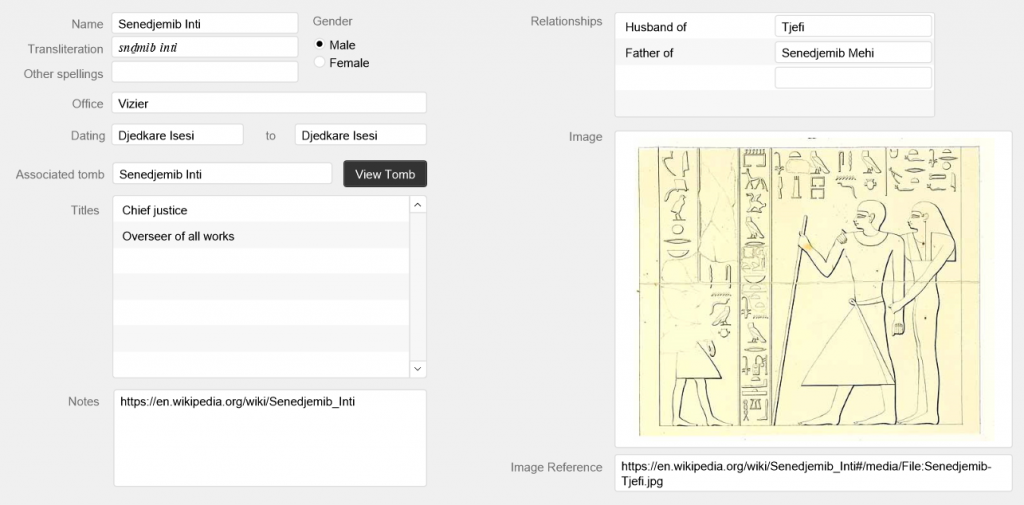
For outreach purposes, I would envision a 3D plan of the Saqqara necropolis that would reflect the cultural geography over time (with a handy slider), allowing you to virtually ‘visit’ any (or a selection) of the tombs (much like Digital Giza and Benjamin Stangl’s MA thesis). But even a georeferenced 2D map connected to the (ultimately online) database with a good user interface would already be a great asset to the study of Old Kingdom elite tomb iconography.
In order to get better at 3D reconstruction and image-based modeling (photogrammetry), I followed the DAWN workshops last week. I had dabbled with open source 3D software Blender before, but this time we imported a 3D scanned excavation trench showing remains of a Chalcolithic hut from Cyprus, and rebuilt its stone and lime structure and wooden crossbeams. By adding some materials and a pre-animated fire, a simple model could thus be obtained within a couple of hours. Although 3D reconstructions used to be seen as frivolous, they are becoming more and more scientifically grounded, and the importance of annotating, documenting and maintaining these 3D models was stressed during the workshop.
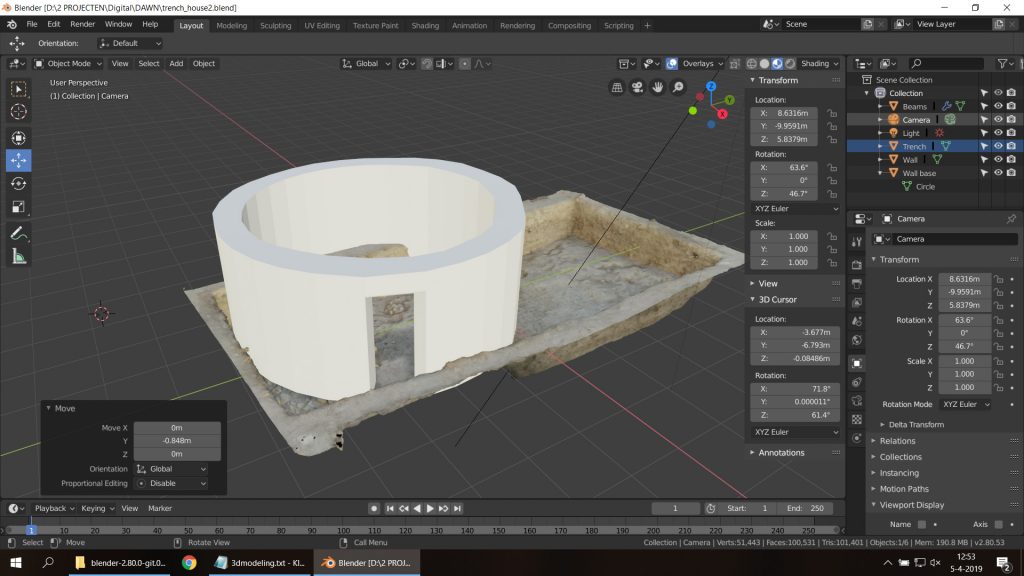
Creating a model based on an excavation trench
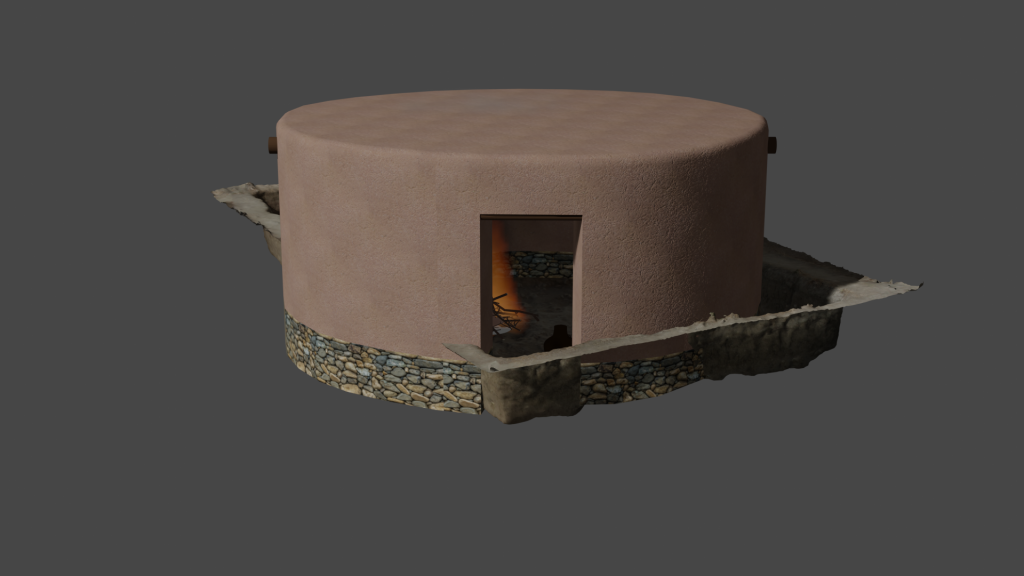
Rendered model with a cozy fire inside
The second session was about image-based modeling (photogrammetry) of an excavation trench using the pro version of Agisoft Metashape. Unfortunately I only have the standard version myself, which doesn’t allow for using GPS points, markers and exporting orthomosaics. I’ve been using Metashape (previously PhotoScan) for two purposes: to obtain 3D models of Theban tombs (that are small, colourful and easy to photograph with a non-commercial license) and for creating orthophotos of the walls in the mastaba chapel of Hetepherakhty to base digital epigraphy on. Since I need a (paid) pro account of Sketchfab before I can upload larger models, I can’t show you a 3D model of the tomb of Nakhtamon in Deir el-Medina just yet. But look here for a 3D model (so no orthophoto, but an actual relief) of a wall in the tomb of Hetepherakhty (scroll to zoom, left mouse button to rotate, right mouse button to pan):
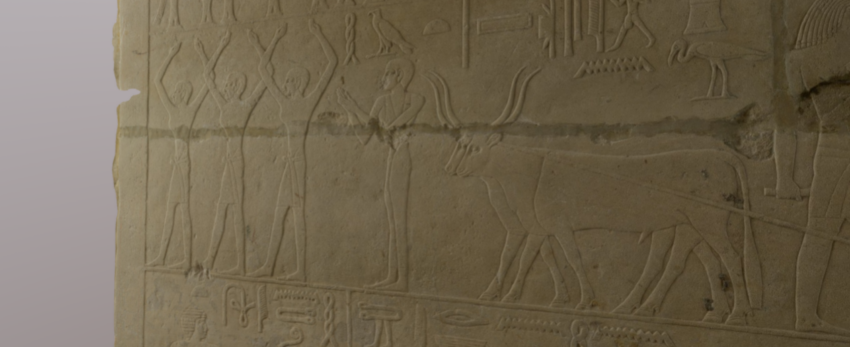
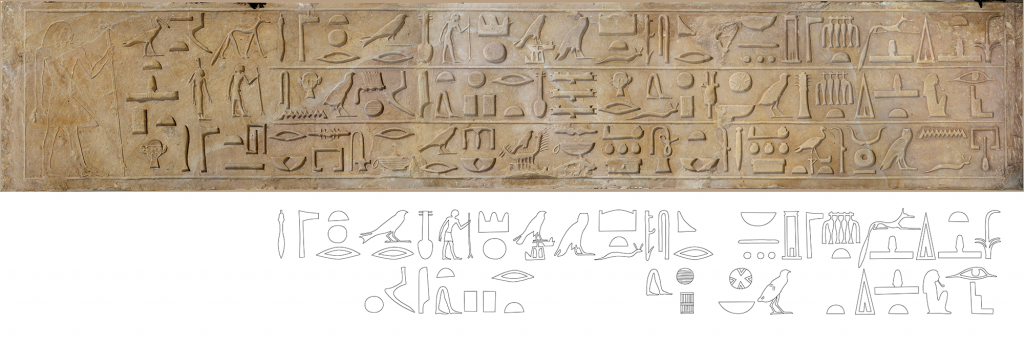
1 thought on “The digital past: network analysis, 3D and photogrammetry”